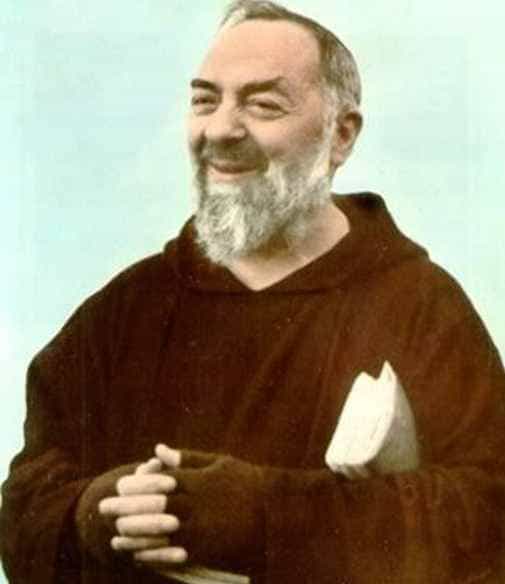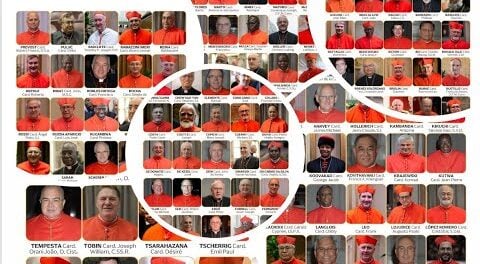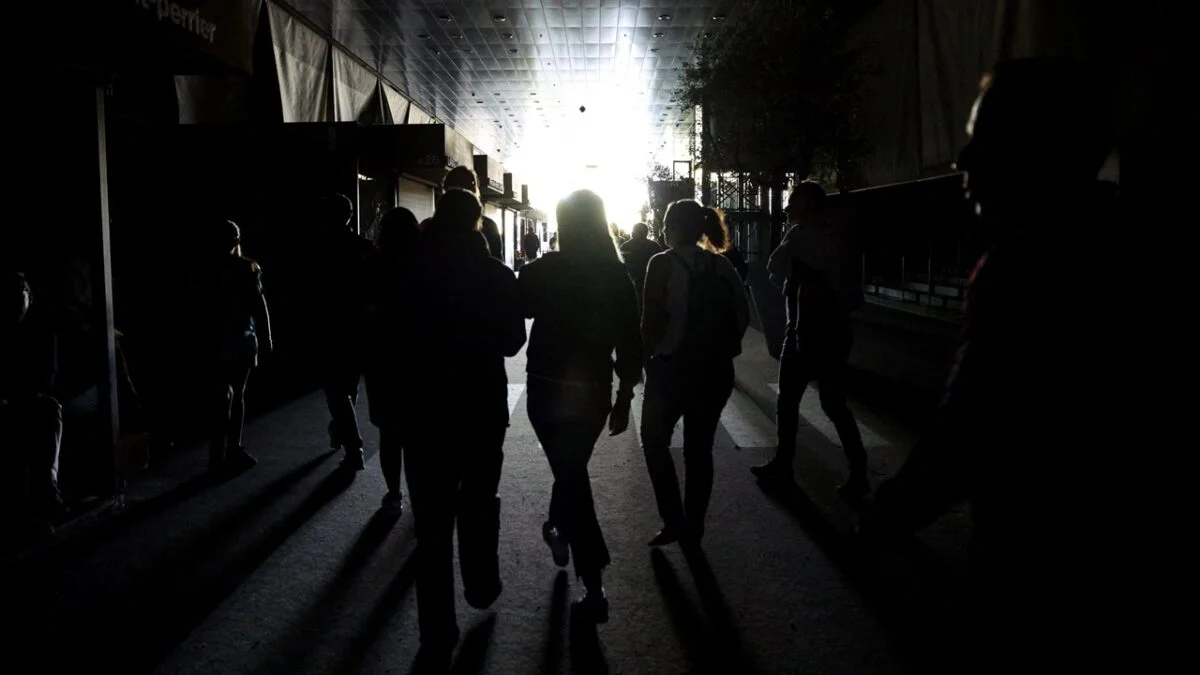
Category: Saints
-
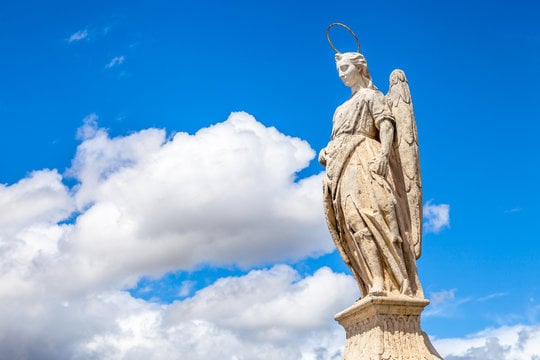
The Apparition of St. Raphael in Córdoba, Spain (16th Century)
Read More: The Apparition of St. Raphael in Córdoba, Spain (16th Century)The Apparition of St. Raphael in Córdoba, Spain (16th Century) ✨ A Heavenly Messenger in Troubled Times In the heart of Córdoba, Spain, during the 16th century, a miraculous event took place that reaffirmed the city’s deep Catholic faith. St. Raphael the Archangel, known as the angel of healing and divine guidance, appeared to a…
-

Miracle! St. Padre Pio Provides Long Distance Assistance: St. Padre Pio’s Bilocation Helps a Family
Read More: Miracle! St. Padre Pio Provides Long Distance Assistance: St. Padre Pio’s Bilocation Helps a FamilyThe Holiness of St. Padre Pio There are a number of reasons for this. Many might cite the fact that he received many extraordinary graces including visions, the stigmata, bilocation, and even miracles attributed to his intercession. However, it should always be noted that Holy Mother Church never raises a man or woman to the…
-
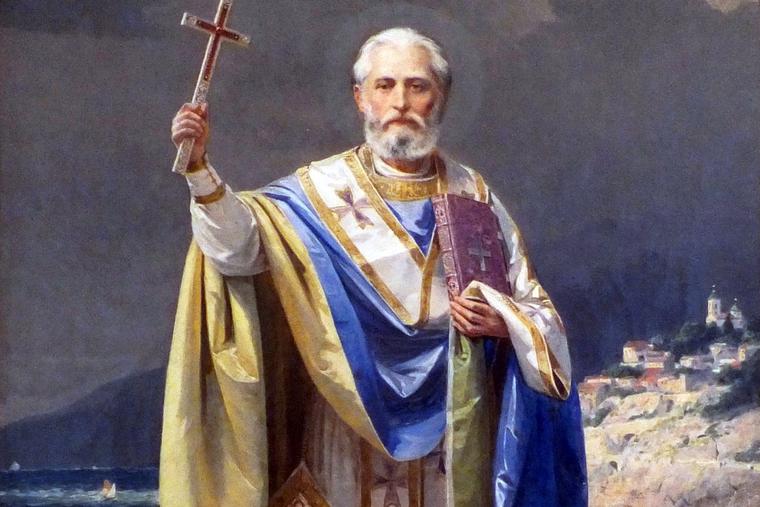
A Visit from St. Nicholas | Twas the night before Christmas
Read More: A Visit from St. Nicholas | Twas the night before Christmas‘Twas the night before Christmas, when all through the houseNot a creature was stirring, not even a mouse;The stockings were hung by the chimney with care,In hopes that St. Nicholas soon would be there; The children were nestled all snug in their beds;While visions of sugar-plums danced in their heads;And mamma in her ‘kerchief, and…
-
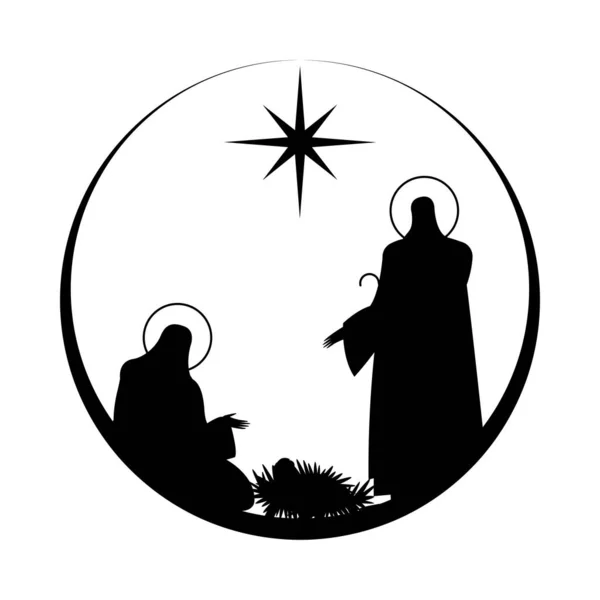
Make a ‘Good’ Confession This Christmas: A Confession Guide for Adults | Preparing Your Heart for Christ’s Nativity
Read More: Make a ‘Good’ Confession This Christmas: A Confession Guide for Adults | Preparing Your Heart for Christ’s Nativity1. I am the Lord your God. You shall not have strange gods before me.-Do I give God time every day in prayer?-Do I seek to love Him with my whole heart?-Have I been involved with superstitious practices or have I been involved with the occult?-Do I seek to surrender myself to God´s word as taught…
-

5 Steps To Prepare Yourself For a Holy Advent Season
Read More: 5 Steps To Prepare Yourself For a Holy Advent Season5 Steps to Prepare Yourself for a Holy Advent The Season of Waiting, Hope, and Preparation As we approach the holy season of Advent, the Church invites us into a time of waiting, reflection, and spiritual preparation. Advent is not simply the countdown to Christmas, but a sacred journey of prayer and purification, where we…
-

Chronology of WW3 According to Catholic Prophecies
Read More: Chronology of WW3 According to Catholic PropheciesChronology of WW3 According to Catholic Prophecies Exploring Catholic Mystics’ Insights into Modern Global Tensions Catholic prophecy has long spoken of an apocalyptic conflict involving multiple nations, leading to divine chastisement and ultimate renewal. While World War III (WW3) is not explicitly named, the mystics and visionaries of the Church have described events that closely…
-

The Patron Saint of TV?? You Won’t Believe Who!
Read More: The Patron Saint of TV?? You Won’t Believe Who!It might seem a bit odd that a saint from nearly 800 years ago would be the patroness of television—but that’s exactly the case! St. Clare of Assisi was officially given this title by Pope Pius XII in 1957. Born in 1194 into a noble family, Clare turned her back on wealth and privilege to…
-

St. Thérèse’s prophetic words to St. Faustina in a dream?
Read More: St. Thérèse’s prophetic words to St. Faustina in a dream?St. Faustina had a difficult time when she was a novice, experiencing both interior and exterior forms of suffering. She prayed to a variety of saints for help, but did not receive any consolation. Then she prayed to St. Thérèse of Lisieux and her novena was very successful. The dream St. Faustina was a novice…
Search
Popular Posts
-
🙏 A New Chapter Begins: Supporting Pope Leo XIV with Prayer and Hope | W/ Daniel O’Connor
“Give the new pope a break and support him with your prayers.”–…
-
Possible Candidates for The Next Pope!
Some Candidates for the New Papacy Today we will share with you…
Categories
Archives
Tags
#Miracles (102) 2023 (4) 2024 (4) approved miracles (2) catholic (141) catholic blog (375) catholic meditations (7) catholic miracles (371) catholic motivation (2) catholic news (371) catholic prayers (4) CatholicSeers (359) catholic vlog (375) catholic websites (6) Eucharistic miracle (2) fr jim blount (3) GisellaCardia (11) hamas (3) imitation of christ (2) Israel (4) israel live (5) Israel news (9) jesus (3) jesus christ (4) Latest messages (11) lent 2023 (10) lent 2024 (4) lent homily (2) lent retreat (4) lent retreat 2023 (3) Lourdes (2) messages from god (6) MessagesFromHeaven (364) miracles of catholic church (2) mother and refuge (2) ourlady (325) OurLadyApparitions (22) our lady of lourdes (2) Pope (2) POPE francis (3) pope francis news (2) prayers (3) real miracles (356) sacred heart of jesus (2) The Miracles of Lourdes (2)


